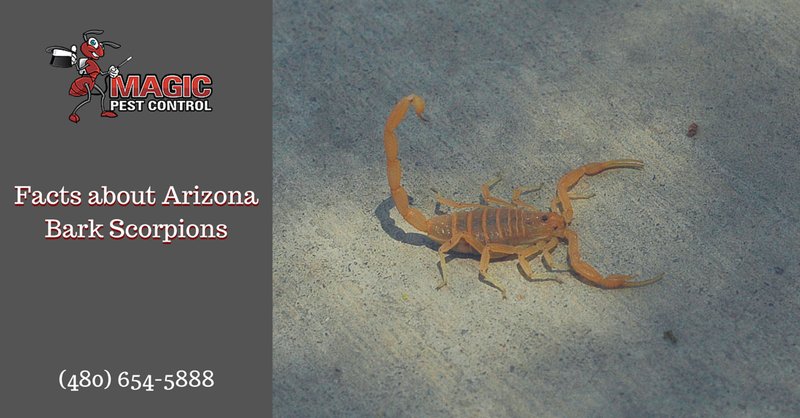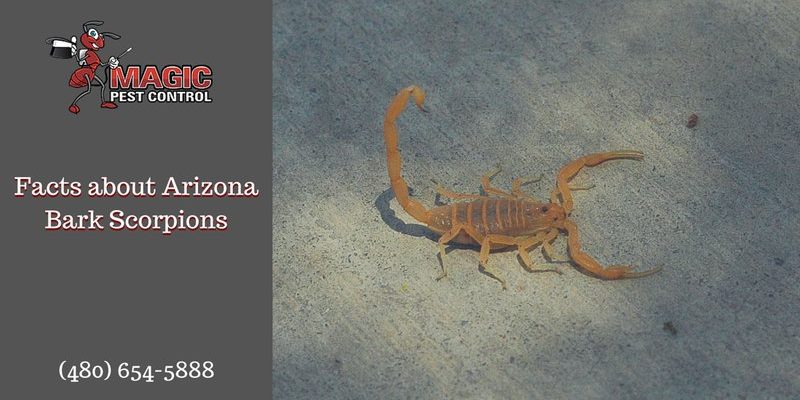
The Arizona bark scorpion (Centruroides sculpturatus) is known for its distinctive appearance and potent sting. Curious about what they’re really like? From their habitats to their behaviors, and even their role in the ecosystem, there’s much to explore. Whether you’re keen on wildlife or just curious about these arachnids, understanding them can help demystify their reputation.
Physical Characteristics
The Arizona bark scorpion boasts an impressive blend of features, making it easily recognizable. They’re typically around 2 to 4 inches long, with a slender body and elongated pincers. Don’t let their size fool you—these little guys can be quite fierce.
One striking characteristic is their coloration. Most are a sandy yellowish-brown, which helps them blend into the desert environment, making them masters of disguise. This camouflaging ability is vital for both hunting and evading predators. Picture them lounging on a rock, nearly invisible until you get too close.
Their tail, adorned with a venomous stinger, helps them capture prey and defend against threats. But here’s the kicker: their venom isn’t as deadly to humans as it might seem. While a sting can be quite painful, it’s rarely life-threatening to healthy adults. So, if you do encounter one, it’s more about caution than panic.
Habitat and Distribution
The Arizona bark scorpion is native to the southwestern United States, especially Arizona, and can also be found in parts of Mexico. They thrive in desert environments, where they enjoy hiding under rocks, logs, and even in crevices of buildings. Imagine coming home to find an unexpected roommate lurking in your garage!
These scorpions prefer dry habitats and are nocturnal, which means they’re more active at night. During the day, they seek shelter from the scorching sun, often curling up in shady spots. If you’re out exploring the desert, keep an eye out for these elusive creatures as the sun sets; they’re much more visible when the temperature drops.
It’s important to note that Arizona bark scorpions can often be found in urban areas, too. Their adaptability allows them to thrive in homes or gardens. They might sneak into a garage or crawlspace, looking for warmth and shelter. So, if you live in the region, be aware of potential encounters!
Behavior and Diet
When it comes to behavior, Arizona bark scorpions are fascinating little predators. They primarily feed on insects like crickets and roaches. Their hunting technique involves blending into the background, waiting patiently for an unsuspecting meal to wander by. Once their prey gets close enough, they pounce with lightning speed, using their pincers to grab and hold on tight.
Interestingly, these scorpions are also cannibalistic. If food is scarce, they won’t hesitate to feast on their fellow scorpions. This dramatic behavior might sound harsh, but it’s a survival tactic that ensures they get enough to eat in their challenging desert environment.
Socially, they can be quite solitary, but during mating season, males and females will come together. Their courtship dance involves a series of intricate movements, where the male grabs the female’s pincers and leads her around. It’s a bit like a dance-off in the desert!
Venom and Its Effects
The venom of the Arizona bark scorpion is what makes it particularly famous (or infamous). While it can cause significant pain, swelling, and tingling, the effects vary among individuals. For most healthy adults, the sting feels like a bee sting, intense but manageable. However, children and those with allergies might experience more severe reactions.
It’s important to know when to seek help. If someone is stung and starts experiencing difficulty breathing, unusual swelling, or intense pain, it’s time to call a doctor. Most people, though, will feel discomfort for a few hours, followed by a gradual improvement.
This potency has led to a variety of myths surrounding scorpions in general. Here’s the thing: while the sting can be painful, understanding the creature can help ease fears. They play a crucial role in controlling insect populations and maintaining the balance in their ecosystem.
Reproduction and Lifespan
Breeding season for the Arizona bark scorpion typically occurs in the late spring to early summer. Mating rituals can be quite elaborate. After the courtship dance, the female gives birth to live young—a rarity among arachnids. A typical litter can consist of 25 to 35 baby scorpions, commonly referred to as “scorpionlets.”
These little ones are born with a soft exoskeleton and ride on their mother’s back for protection until they shed their exoskeleton for the first time, which usually takes about a week. It’s a heartwarming image—a tiny scorpion family navigating life in the desert.
In terms of lifespan, Arizona bark scorpions can live for up to 6 years in the wild, with some reports of them reaching even older ages in captivity. Their survival strategy, including withstanding drought and finding food, contributes to their longevity.
Impact on Humans and Safety Tips
Living in Arizona comes with its unique perks and challenges, one of which includes the occasional run-in with the Arizona bark scorpion. While frightening, there are simple ways to reduce the risk of getting stung.
Here are some helpful tips to keep in mind:
- Always shake out shoes, towels, or clothing before wearing them—even if you haven’t seen one.
- Seal cracks and gaps in your home to prevent them from sneaking inside.
- Keep your yard tidy and free of debris, which can provide hiding spots.
- If outdoors, use a flashlight when walking at night to spot these critters before stepping too close.
Honestly, understanding the habits and habitats of the Arizona bark scorpion can lead to a safer coexistence. They’re not out to get you; they’re simply living their lives in the Arizona desert, just like you!
The Arizona bark scorpion might seem intimidating at first glance, but diving deeper reveals a creature that plays a crucial role in its ecosystem. From its unique physical traits to its fascinating behaviors, there’s much to appreciate about this little arachnid warrior. By learning more about them, we can actively reduce fear and promote safety when encountering these creatures in the wild.
So, the next time you spot one of these scorpions crawling across a rock or skittering away into the dark, remember: they’re more than just a fearsome sting. They’re an integral part of Arizona’s unique landscape, full of life, resilience, and surprisingly intricate behaviors. Understanding them can lead to a newfound respect for the wilderness around us.

